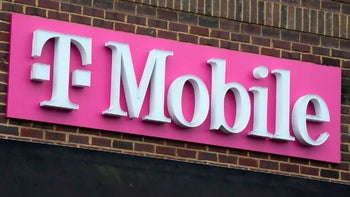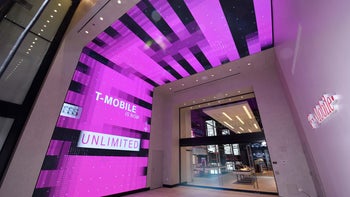Huawei pens a vision of what 5G needs to address

The acting CEO, and Deputy Chairman of Huawei Technologies, Ken Hu, poignantly states “we are at the beginning of the beginning” when it comes to exploring what 5G must solve.
Why does this need to be discussed now? Well many advocates have set an ambitious goal to commercially roll out 5G by the year 2020. Mind you, the standard for 5G has not even been defined yet.
In a paper titled, 5G – The Road to a Super-Connected World, Mr. Hu states that as 4G is still in an initial deployment, and still nearly two-thirds of the world relies on 2G, the need to get 5G right is right now. It is not just about the “Internet of Things” (IoT) that we keep hearing about. It involves some practical realities that any consumer can understand.
Latency, bandwidth, and connectivity sum it all up. The fact is that IoT means we will see everything from air conditioners to toothbrushes connected to the internet. While many of these “wearables for objects” will increase the need for extra capacity across networks, for some, latency will be the real deal maker or breaker.
How does an industry define that standard while solving the unforeseen problems of other business sectors or consumers in the future? Mr. Hu wants the telecom industry to engage other industries in defining the standard, the justification being that 5G development must be a unifying effort. Another point Mr. Hu makes is that there are already 3 different standards defined for “internet of vehicles,” and that means “too many standards mean no clear standard.”
With 100 billion connected devices (that’s the nearer term estimate), plus everything else we chew on data for, the bandwidth demands will increase a minimum of 500% as we transition to 5G. Mr. Hu’s forecasts are not out of line of other visions we have reported about what 5G should be.
This call for a unified effort is a worthy idea, industry and consumers alike would get pinched in the middle of a competing standards and methods game. However, unlike the competition between GSM and CDMA, Wi-Fi and HomeRF, LTE and WiMAX, not to mention all the nuanced variants seen in Asia to avoid patent licensing, we would witness a real slowdown in some product innovations that would leverage what 5G may bring to the table if it means an idea has to be shaped to fit a half-dozen different standards.
Open market competition is a great way to separate the real deal from a flash in the pan. However, it might be worth a more collaborative effort when it comes to 5G. Imagine what other ideas will come to the surface if designers do not have to worry about multiple different specifications across markets? It may be the key to continuing the wave of the mobile revolution.
via: Light Reading (PDF)
Why does this need to be discussed now? Well many advocates have set an ambitious goal to commercially roll out 5G by the year 2020. Mind you, the standard for 5G has not even been defined yet.
Latency, bandwidth, and connectivity sum it all up. The fact is that IoT means we will see everything from air conditioners to toothbrushes connected to the internet. While many of these “wearables for objects” will increase the need for extra capacity across networks, for some, latency will be the real deal maker or breaker.
Mr. Hu forecasts that the number of connections a 5G cell site must manage will number in the millions, expecting a connected world of over 100 billion devices. For things like self-driving cars or other automated transportation applications, latency will need to be no more than 1 millisecond, which is 50 times faster than what have today, and an attainable throughput of 10Gbps. That is basically real-time if no impediments are accounted for.
How does an industry define that standard while solving the unforeseen problems of other business sectors or consumers in the future? Mr. Hu wants the telecom industry to engage other industries in defining the standard, the justification being that 5G development must be a unifying effort. Another point Mr. Hu makes is that there are already 3 different standards defined for “internet of vehicles,” and that means “too many standards mean no clear standard.”
With 100 billion connected devices (that’s the nearer term estimate), plus everything else we chew on data for, the bandwidth demands will increase a minimum of 500% as we transition to 5G. Mr. Hu’s forecasts are not out of line of other visions we have reported about what 5G should be.
Open market competition is a great way to separate the real deal from a flash in the pan. However, it might be worth a more collaborative effort when it comes to 5G. Imagine what other ideas will come to the surface if designers do not have to worry about multiple different specifications across markets? It may be the key to continuing the wave of the mobile revolution.
via: Light Reading (PDF)














Things that are NOT allowed: